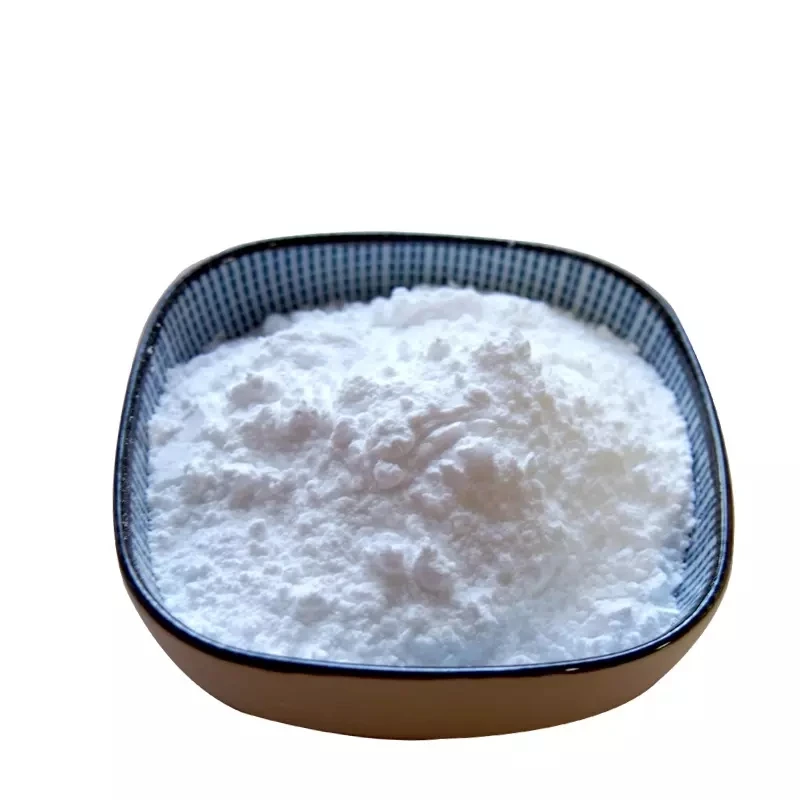Warning: Undefined array key "title" in /home/www/wwwroot/HTML/www.exportstart.com/wp-content/themes/1198/header.php on line 6
Warning: Undefined array key "file" in /home/www/wwwroot/HTML/www.exportstart.com/wp-content/themes/1198/header.php on line 7
Warning: Undefined array key "title" in /home/www/wwwroot/HTML/www.exportstart.com/wp-content/themes/1198/header.php on line 7
Warning: Undefined array key "title" in /home/www/wwwroot/HTML/www.exportstart.com/wp-content/themes/1198/header.php on line 7
- Afrikaans
- Albanian
- Amharic
- Arabic
- Armenian
- Azerbaijani
- Basque
- Belarusian
- Bengali
- Bosnian
- Bulgarian
- Catalan
- Cebuano
- China
- China (Taiwan)
- Corsican
- Croatian
- Czech
- Danish
- Dutch
- English
- Esperanto
- Estonian
- Finnish
- French
- Frisian
- Galician
- Georgian
- German
- Greek
- Gujarati
- Haitian Creole
- hausa
- hawaiian
- Hebrew
- Hindi
- Miao
- Hungarian
- Icelandic
- igbo
- Indonesian
- irish
- Italian
- Japanese
- Javanese
- Kannada
- kazakh
- Khmer
- Rwandese
- Korean
- Kurdish
- Kyrgyz
- Lao
- Latin
- Latvian
- Lithuanian
- Luxembourgish
- Macedonian
- Malgashi
- Malay
- Malayalam
- Maltese
- Maori
- Marathi
- Mongolian
- Myanmar
- Nepali
- Norwegian
- Norwegian
- Occitan
- Pashto
- Persian
- Polish
- Portuguese
- Punjabi
- Romanian
- Russian
- Samoan
- Scottish Gaelic
- Serbian
- Sesotho
- Shona
- Sindhi
- Sinhala
- Slovak
- Slovenian
- Somali
- Spanish
- Sundanese
- Swahili
- Swedish
- Tagalog
- Tajik
- Tamil
- Tatar
- Telugu
- Thai
- Turkish
- Turkmen
- Ukrainian
- Urdu
- Uighur
- Uzbek
- Vietnamese
- Welsh
- Bantu
- Yiddish
- Yoruba
- Zulu
Dec . 15, 2024 21:18 Back to list
Production Methods and Processes for Adipic Acid Synthesis and Manufacturing
The Manufacture of Adipic Acid Processes and Implications
Adipic acid, a key dicarboxylic acid, plays an essential role in the manufacture of various products, particularly in the production of nylon 6,6, which is utilized in textiles, automotive components, and other consumer goods. The significance of adipic acid in industrial applications cannot be overstated, as it serves as a crucial building block in the synthesis of polyamides and polyesters. This article explores the various methods employed in the manufacture of adipic acid, with a focus on the most common processes, raw materials, and environmental considerations.
Production Methods
The most prevalent method for synthesizing adipic acid is the oxidation of cyclohexane. This process involves the air oxidation of cyclohexane, a petrochemical, to produce cyclohexanol and cyclohexanone, often referred to as KA oil. The primary reaction can be represented as follows
\[ C_6H_{12} + O_2 \rightarrow C_6H_{10} + H_2O \]
Once the KA oil is produced, it undergoes a further oxidation step, typically using nitric acid, to convert the cyclohexanol and cyclohexanone into adipic acid. The resulting adipic acid can be purified through crystallization and various finishing processes to meet the specifications required for industrial applications.
In addition to the cyclohexane oxidation method, adipic acid can also be produced via renewable resources through a biotechnological approach. Microbial fermentation of renewable feedstocks such as glucose or carbohydrates can yield adipic acid. This method is emerging as a more sustainable alternative due to the increasing focus on minimizing carbon footprints and utilizing bio-based sources.
Raw Materials
manufacture of adipic acid

The main raw materials for the conventional production of adipic acid—cyclohexane, nitric acid, and hydrogen peroxide—come from the petrochemical industry. The reliance on these materials has significant implications for the environmental footprint of adipic acid production. During the oxidation process, nitrous oxide (N2O), a potent greenhouse gas, is generated as a by-product, raising concerns about its impact on climate change.
In contrast, bio-based production methods utilizing microorganisms can mitigate some environmental concerns by reducing carbon emissions and eliminating the formation of nitrous oxide. Advances in biotechnology are promising for developing more efficient microbial strains capable of producing adipic acid more economically, which has the potential to revolutionize the industry.
Environmental Considerations
Given the environmental challenges associated with the traditional production methods, efforts are being made to enhance the sustainability of adipic acid manufacturing. Regulatory pressures and public awareness have driven industries to seek greener alternatives. The transition towards renewable raw materials, coupled with advancements in green chemistry practices, is aimed at minimizing waste and energy consumption in the manufacturing process.
Furthermore, innovations in catalytic systems are being explored to improve the efficiency of the oxidation processes, thereby reducing the carbon footprint of adipic acid production. Researchers are investigating alternatives to the established methods, with a focus on developing new routes that minimize hazardous by-products and lower energy requirements.
Conclusion
The manufacture of adipic acid plays a critical role in the global chemical industry, particularly in the production of nylon and other essential materials. While the traditional methods remain dominant, there is a growing acknowledgment of the need for more sustainable approaches in light of environmental concerns.
The shift towards bio-based production and innovative technologies represents a significant step towards a greener future for adipic acid manufacturing. As industries increasingly prioritize sustainability, the evolution of adipic acid production methods will shape not only the economic landscape but also contribute to a more environmentally friendly chemical industry. It is vital for stakeholders across the board—from producers to consumers—to recognize the importance of sustainability in the manufacturing processes that define the materials we rely on every day.
Latest news
-
Certifications for Vegetarian and Xanthan Gum Vegetarian
NewsJun.17,2025
-
Sustainability Trends Reshaping the SLES N70 Market
NewsJun.17,2025
-
Propylene Glycol Use in Vaccines: Balancing Function and Perception
NewsJun.17,2025
-
Petroleum Jelly in Skincare: Balancing Benefits and Backlash
NewsJun.17,2025
-
Energy Price Volatility and Ripple Effect on Caprolactam Markets
NewsJun.17,2025
-
Spectroscopic Techniques for Adipic Acid Molecular Weight
NewsJun.17,2025

